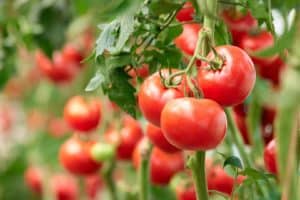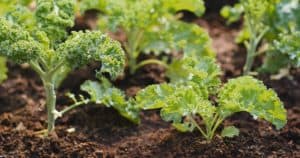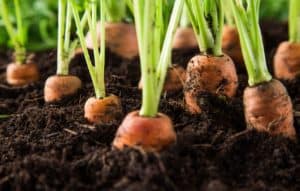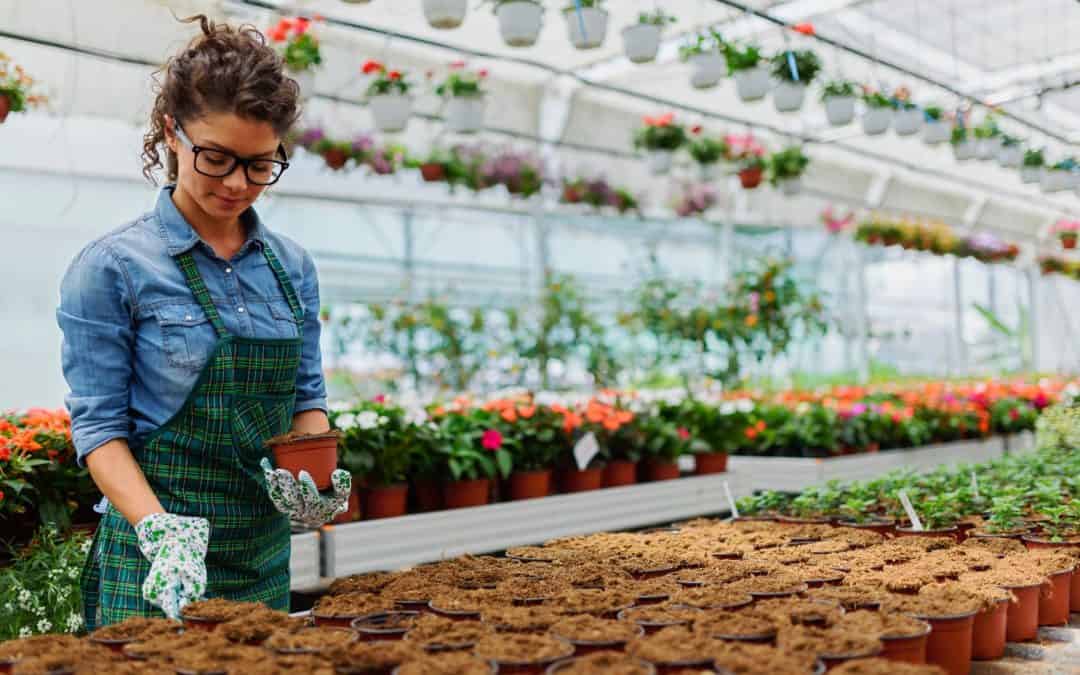Have you just built your first-ever greenhouse and are planning to start gardening inside it as soon as possible? First of all, congratulations! You’ve just made an excellent choice to explore the beauty of gardening and be a part of it.
A greenhouse is a splendid fortune to any plant and crop. It allows gardeners to get the most out of the sun, stretch the seasons out, and produce a wide variety of high-quality crops. With a greenhouse by your side, you’ll be able to have a bountiful harvest any time you want—no need to wait until spring has sprung. But, of course, planning plays a crucial role in successful gardening.
If you’re running a greenhouse and don’t know what to grow, look no further. In this article, you’ll be pleased to know that there are tons of crops you can cultivate in your greenhouse. And if you’re still thinking about getting one, this list of scrumptious picks might touch your heart and mind.
That said, here are some crops that even a beginner like you can grow in a greenhouse:
1. Peppers
Peppers are fabulous, vibrant, and stunningly colorful ingredients to have in every kitchen. You can use them when cooking up some curries, adding spice to your stir fry, and everything in between. They’re also relatively easy to grow. This is why Swgreenhouses recommend beginners grow peppers.
As mentioned above, growing peppers is quite simple. Before you sprinkle some seeds, make sure to saturate the soil first with a mix of water and fertilizer. Also, don’t forget to pack your seed tray before starting.
Once they’re planted well, some roots will start to come out from the seed. This is the sign to transfer them into medium-sized pots; make sure not to pinch them in any way. Then, when they begin flowering, their stems will come out naturally.
Furthermore, harvest your peppers once they’re fully grown, which is when they’re at their most delicious and nutritious. Harvesting them now and then helps stimulate additional fruits, too. When doing so, it’s best to use scissors or small knives to avoid damaging them when picking them up.
2. Cherries
Cherries are one of the fruits you can grow and cultivate in a greenhouse. Putting them in pots will allow you to move them wherever you want. Also, make sure to choose species that don’t require cross-pollination since they’re typically the easiest to grow and harvest.
Cherries are able to bear fruits as long as they’re cultivated with the right soil combination, nutrients, water, and temperature. Also, you only need to fertilize your cherry trees once every year. In addition, don’t forget to keep your greenhouse well-ventilated to ensure proper growth and fruit development.
Here are other things to keep in mind when growing cherries:
- Monitor the temperature and prevent it from rising during summer
- Prune cherry trees gently using scissors and remove any dead, diseased, and broken branches
- Avoid leaving fruits and leaves on its soil bed
Now, you’re probably excited to pick your first cherries. However, you’ll need to be more patient. Harvesting them a bit too early may ruin the quality of your fruits. You might need to wait around three to five years for your trees to produce proper fruits.

3. Tomatoes
Tomatoes are one of the easiest to cultivate outdoors, and they’re even easier to maintain inside a greenhouse. With the help of a controlled environment, you’ll be able to savor a supply of sweet and colorful tomatoes all year round. But make sure you choose species that are immune to diseases, particularly verticillium and fusarium, for a healthy and bountiful harvest.
Keep in mind that tomatoes love the heat of the sun. Therefore, make sure to place them in a location with as much sunlight as possible. Otherwise, they might turn pale and start to weaken.
In addition, make sure that your soil has proper drainage. It shouldn’t be too compact and too loose—just enough for it to remain moist but not completely immersed in water. Here are other things to keep in mind when growing tomatoes:
- Keep the temperature around 70°F to 75°F for best results
- Place only one seedling in every pot to ensure a strong and healthy plant
- Trim the plant as needed; don’t be afraid because it’s an essential process to promote better plant growth and development

4. Kale
Kale is one of the most nutritious green leafy vegetables you can grow in a greenhouse. It’s anti-inflammatory and contains numerous antioxidants for a healthier and stronger body.
Kale is one of the hardiest crops to grow, so you don’t have to worry about contracting diseases. However, you might still need to remove weeds that may emerge while they grow. It’s also a good idea to eradicate leaves that turn yellow, which usually come out around the base of the plant.
It’s highly recommended to use a seeding tray when sowing kale. It’ll surprise you how fast the plants will develop compared to using a seed bed. In addition, kale can thrive in all conditions, from shady to sunlit areas and sandy soils. Also, it’s best for continuous cutting and provides fresh leaves after a couple of months. Start by picking the ground leaves and letting the tip produce new leaves.

5. Carrots
Carrots are one of the most common root crops you can quickly grow inside a greenhouse. You can plant them any time since they can tolerate and survive in extremely low temperatures.
If you’re hesitant to cultivate carrots because of the challenges they bring, let your worries melt away. All you need to do is prepare loose, sandy soil so they can burrow into the soil easily without pressure. Also, you want to make sure the soil is not too thick. Otherwise, you’ll end up with short and rounded carrots.
Unfortunately, no specific chemicals can protect your carrots from pests and diseases. Luckily, most carrots are resistant to these problems, making them a high-grade root crop. Furthermore, here are some tips you may consider when planting carrots:
- Only sow disease-free seeds
- It’s fine to harvest a bit earlier than usual
- Implement three-year crop rotation with other tough plant varieties
Final Words
Greenhouse gardening allows you to plant various crops healthily and bountifully at any time of the year. If you have no idea what to grow, you may refer to the crops discussed above, but make sure to follow the tips mentioned for better harvests. Also, watch out for pests and diseases and remove them as soon as you see them to keep your plants healthy.

Recent Comments